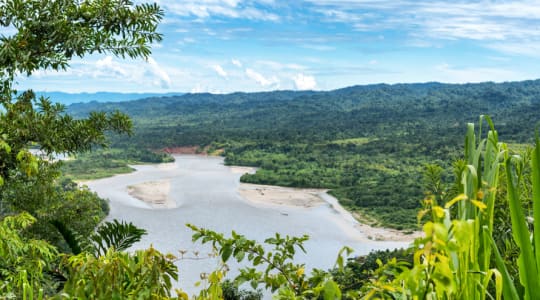
Manu National Park is a vast protected area in southeastern Peru, located in the region of Madre de Dios and Cusco. It encompasses a diverse range of ecosystems, including Andean highlands, cloud forests, lowland rainforests, and riverine environments, and it is home to an incredible array of wildlife, including jaguars, giant otters, macaws, tapirs, and many species of monkeys.
The park was established in 1973 and covers an area of over 1.5 million hectares, making it one of the largest national parks in South America. It is also one of the most biologically diverse places on Earth, with over 20,000 plant species and more than 1,000 bird species.
Visitors to Manu National Park can take part in a variety of activities, including guided nature walks, wildlife watching, and river trips. The park is also home to several indigenous communities, and visitors can learn about their traditional lifestyles and crafts.
The park has strict regulations to protect the wildlife and ecosystems, and visitors are required to enter with a licensed guide. While tourism is an important source of income for local communities, it is carefully managed to ensure that it does not harm the natural environment.
Cross-Border Adventures Near Manu National Park
Discover cross-border adventures near Manu National Park. Explore neighboring countries with similar attractions and extend your travel experience across borders.




